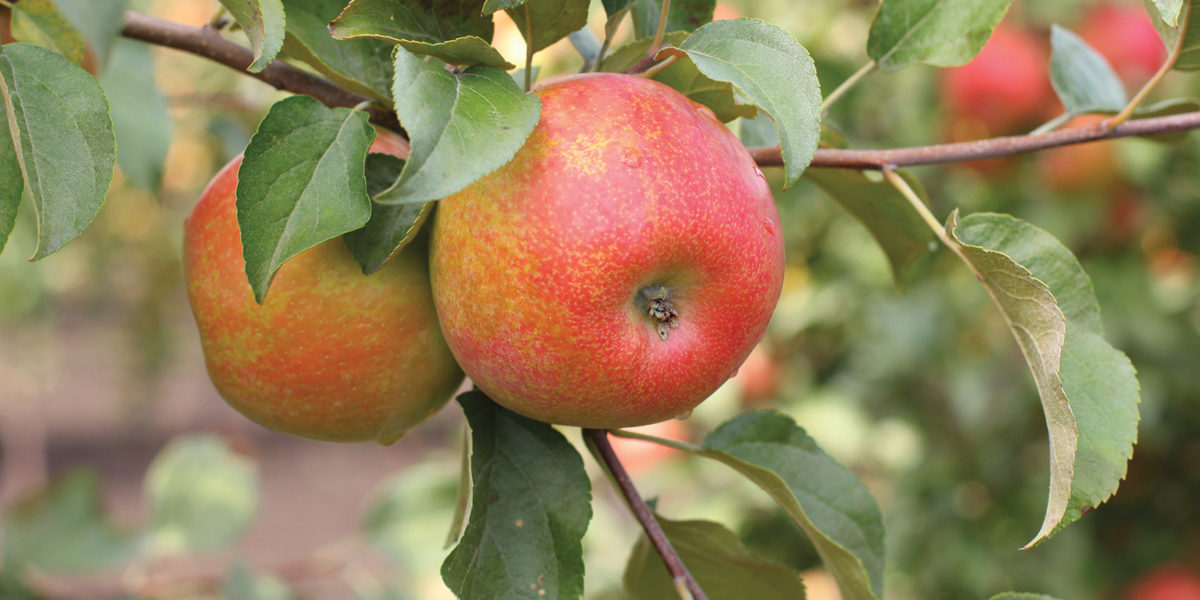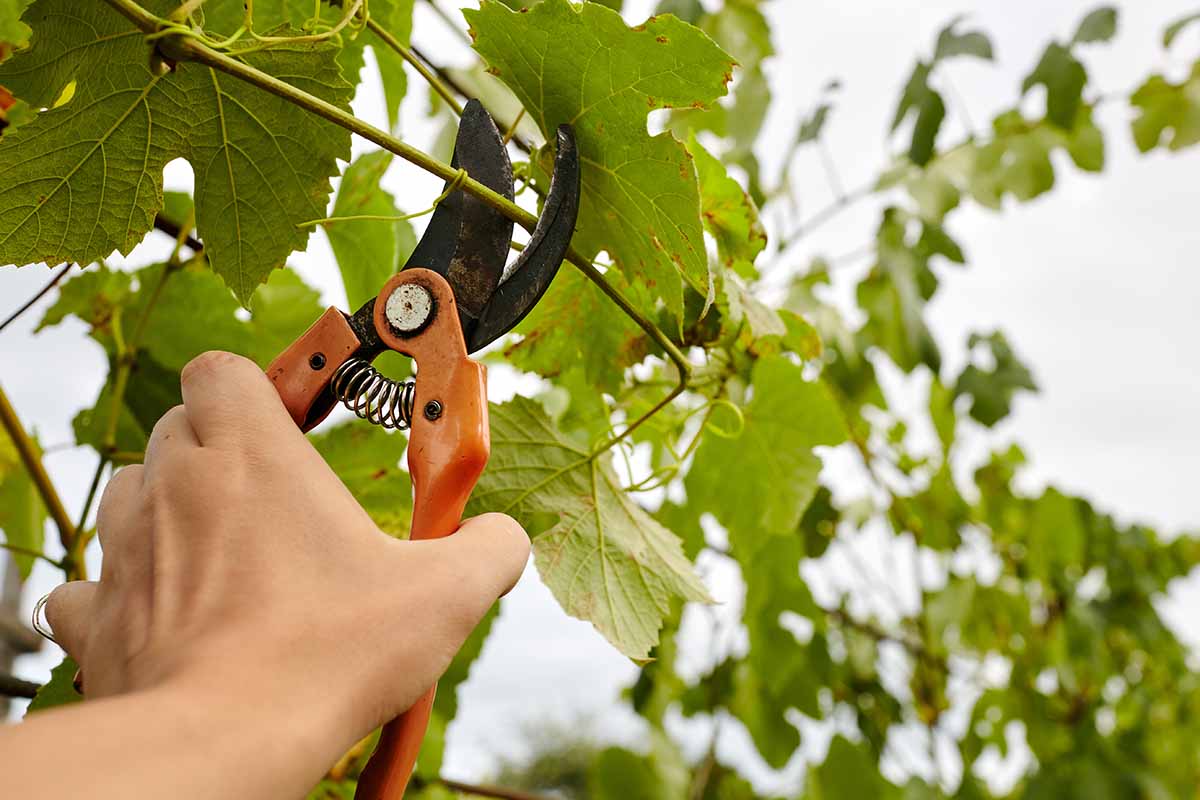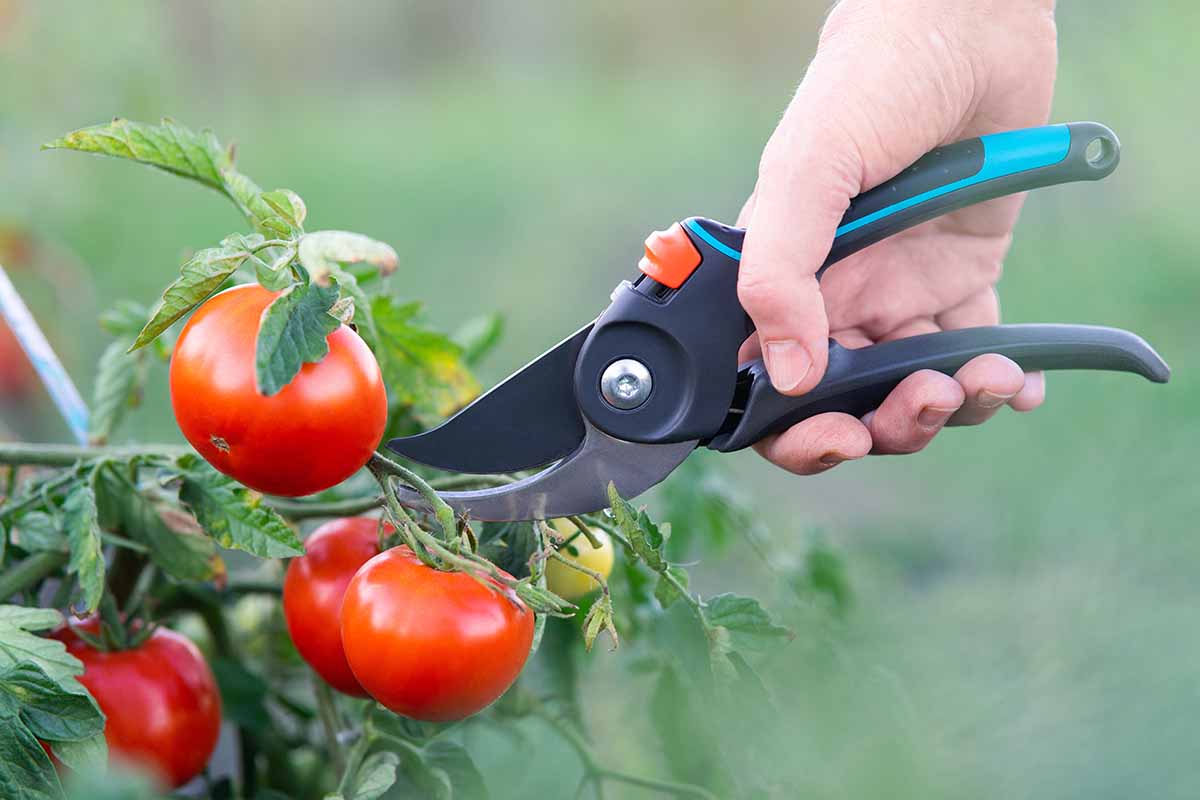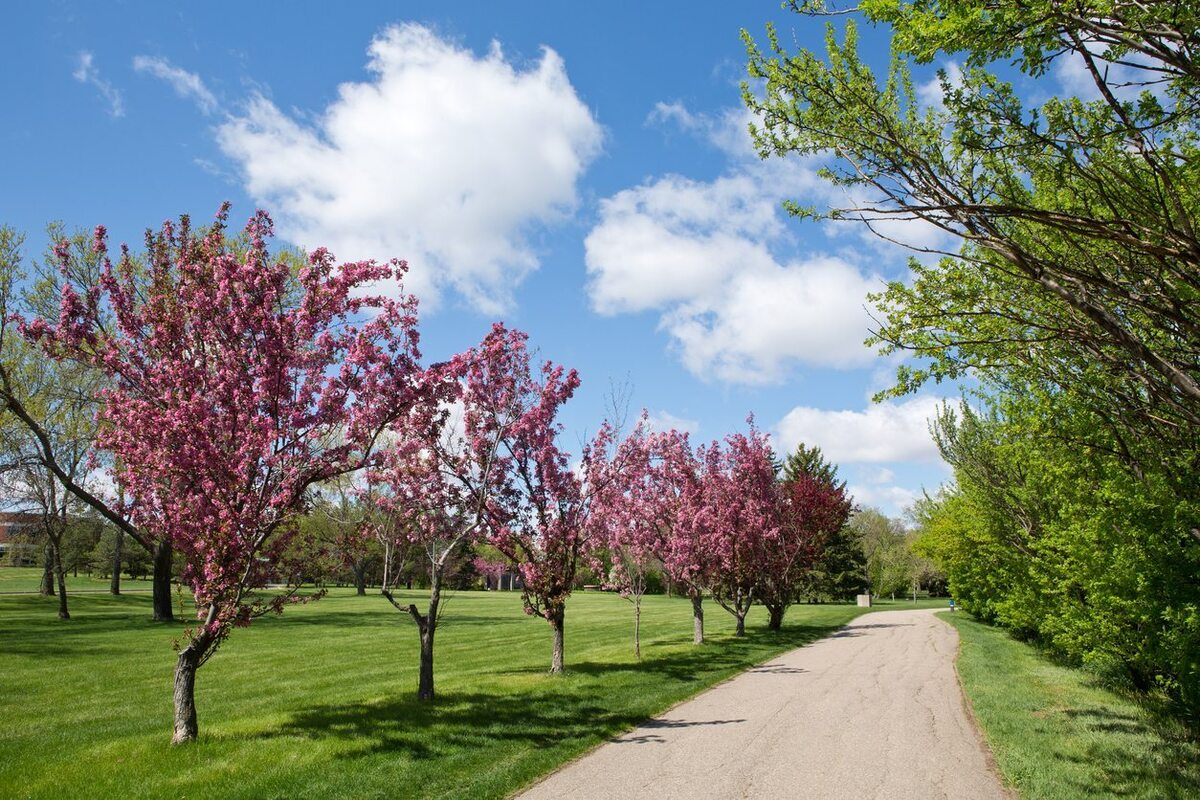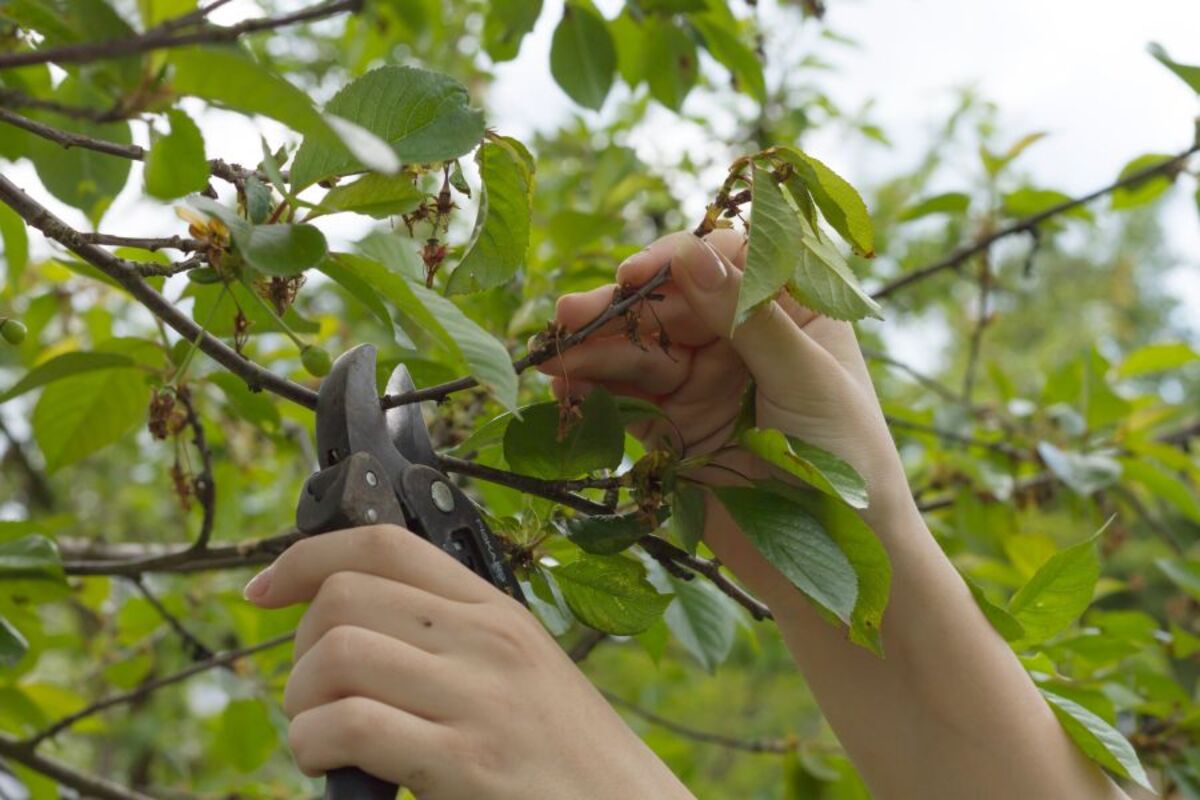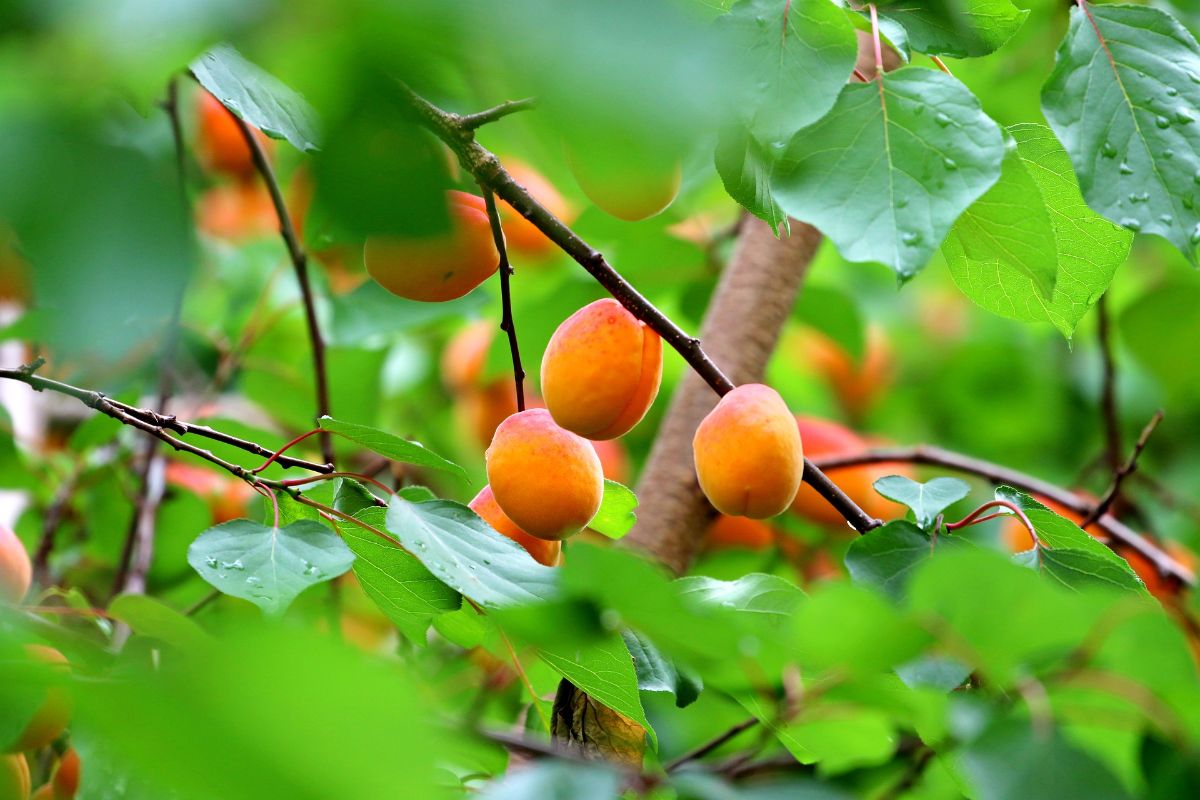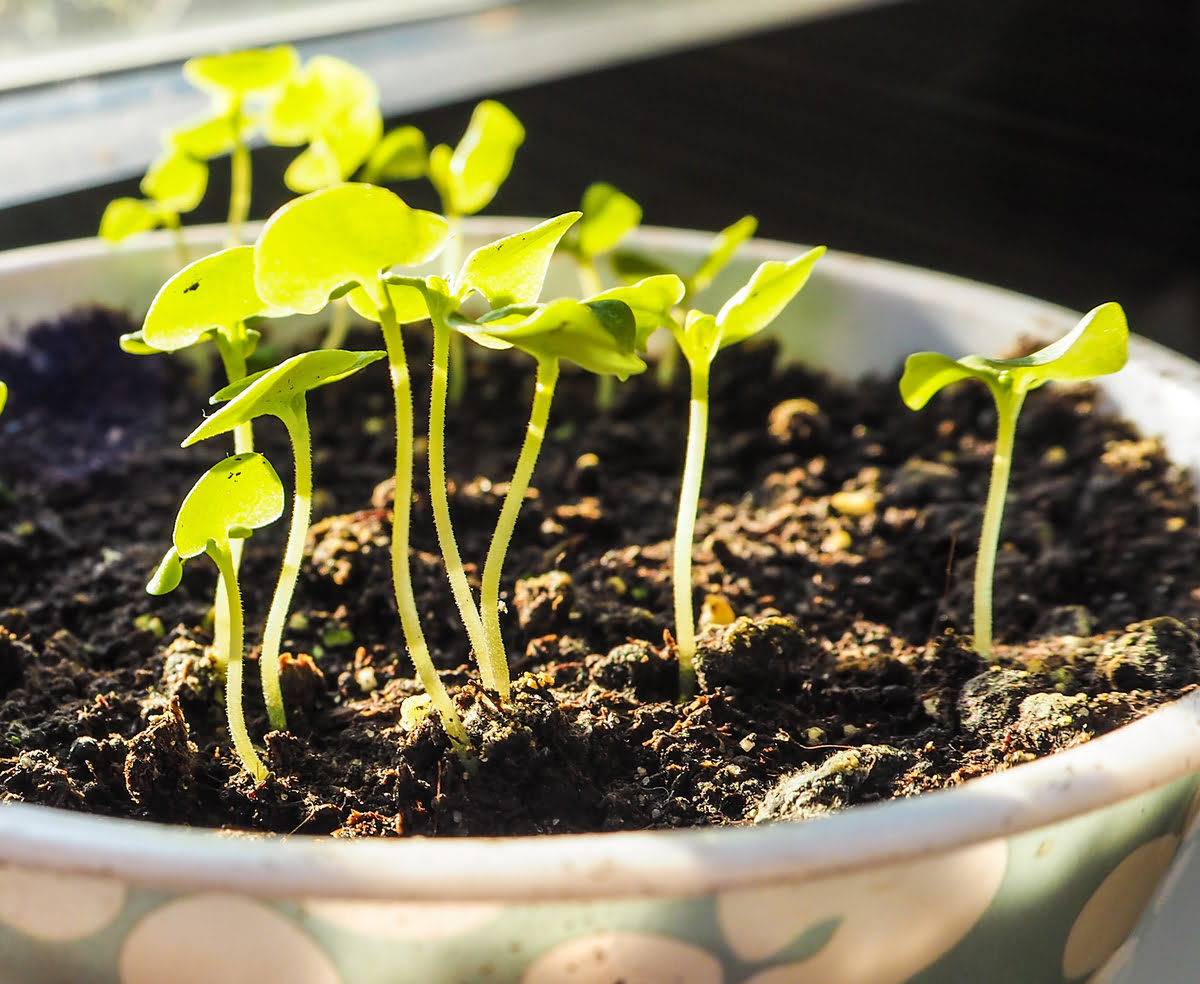Home>Gardening Techniques>Seasonal Gardening>When To Prune Winter Blooming Camellias


Seasonal Gardening
When To Prune Winter Blooming Camellias
Modified: January 22, 2024
Discover the perfect timing to prune your winter blooming camellias with our seasonal gardening tips. Enhance your garden's beauty and ensure vibrant blooms throughout the season.
(Many of the links in this article redirect to a specific reviewed product. Your purchase of these products through affiliate links helps to generate commission for Chicagolandgardening.com, at no extra cost. Learn more)
Table of Contents
- Introduction
- Understanding Winter Blooming Camellias
- Importance of Pruning Winter Blooming Camellias
- Factors to Consider Before Pruning
- Best Time to Prune Winter Blooming Camellias
- Pruning Techniques for Winter Blooming Camellias
- Tools and Equipment Needed for Pruning
- Step-by-Step Guide to Pruning Winter Blooming Camellias
- Common Mistakes to Avoid While Pruning
- Conclusion
Introduction
Welcome to the fascinating world of winter blooming camellias! These exquisite flowering plants bring beauty and color to any garden during the colder months when most other plants lay dormant. Pruning plays a crucial role in maintaining the health, shape, and overall appearance of winter blooming camellias. Correct pruning techniques can help promote vigorous growth, enhance blooming, and prevent disease.
If you’re new to gardening or simply want to learn more about winter blooming camellias, this article is here to guide you. We’ll explore the importance of pruning, the best time to prune, and different pruning techniques to help you achieve optimal results.
While the process of pruning may seem intimidating at first, rest assured that with a little knowledge and the right tools, you’ll be able to confidently maintain and shape your winter blooming camellias. So let’s dive in and discover the art of pruning these stunning plants!
Understanding Winter Blooming Camellias
Winter blooming camellias, scientifically known as Camellia sasanqua, are evergreen shrubs that are treasured by gardeners for their beautiful blossoms that appear during the winter months. Native to East Asia, these camellias are popular for their versatility, as they can thrive in a wide range of climates and soil conditions.
One of the key features that sets winter blooming camellias apart from their spring blooming counterparts, known as Camellia japonica, is their timing. While most flowering plants go dormant in winter, these camellias burst into full bloom, adding vibrant colors and fragrance to gardens when least expected.
Winter blooming camellias typically have smaller leaves and flowers compared to other camellia varieties. The flowers come in a wide array of colors, including shades of white, pink, red, and even variegated patterns. The elegant blooms often feature delicate petals and a distinct cluster of golden stamens at the center.
Aside from their stunning appearance, winter blooming camellias also offer a pleasant fragrance that can waft through the air, attracting bees and other pollinators even during the colder months. This makes them not only a visual delight but also a valuable addition to any garden ecosystem.
It’s important to note that while winter blooming camellias are renowned for their ability to bloom in cooler temperatures, they still require some care and attention. Proper pruning is essential to help the plants maintain their shape, encourage healthy growth, and promote better blooming in the following season.
Now that you have a better understanding of winter blooming camellias, let’s explore why pruning is crucial to their overall health and how it can benefit your garden.
Importance of Pruning Winter Blooming Camellias
Pruning is a vital practice for maintaining the health and vitality of winter blooming camellias. When done correctly, pruning can offer numerous benefits for both the plant and the gardener. Here are some key reasons why pruning is important for winter blooming camellias:
- Promotes healthy growth: Regular pruning helps remove dead or diseased branches, allowing the plant to allocate energy towards healthy growth. It also encourages the development of new shoots and leaves, resulting in a fuller and lusher appearance.
- Enhances blooming: Pruning stimulates the formation of flower buds and can increase the number of blooms in the following season. It also helps maintain a balanced structure, ensuring that the sunlight can penetrate through the branches and reach all parts of the plant, leading to more abundant and vibrant blossoms.
- Controls size and shape: Winter blooming camellias have a tendency to become leggy or overgrown if left unpruned. By selectively removing branches, you can control the size and shape of the plant, keeping it compact and well-proportioned. This is particularly important if you have limited space or want to maintain a specific aesthetic in your garden.
- Improves air circulation: Dense foliage can hinder air circulation, creating a favorable environment for diseases and pests. Pruning opens up the canopy, allowing air to flow more freely among the branches, which reduces the risk of fungal infections and other common plant ailments.
- Prevents crossing and rubbing branches: Over time, branches of winter blooming camellias can cross or rub against each other, leading to damage and potential disease entry points. Pruning helps eliminate these crossing branches, preventing unnecessary friction and promoting a healthier overall structure.
It is worth mentioning that pruning is not just about removing branches. It is an opportunity to observe the plant closely, identify any signs of disease or pest infestation, and take appropriate measures to address them. Regular pruning can help you stay connected with your winter blooming camellias, allowing you to intervene promptly and maintain their well-being.
Now that we understand the importance of pruning, let’s explore the factors you should consider before picking up those pruning shears.
Factors to Consider Before Pruning
Before you embark on the pruning journey for your winter blooming camellias, there are a few factors to consider. Taking these into account will ensure that you approach the pruning process with knowledge and make informed decisions. Here are the key factors to keep in mind:
- Timing: The timing of pruning can greatly impact the growth and blooming of your winter blooming camellias. It is important to understand the specific requirements of your particular camellia variety regarding pruning time. While some camellias can be pruned immediately after they finish blooming, others may need to be pruned in early spring or late winter. Research the specific guidelines for your variety or seek advice from local experts to determine the best time to prune.
- Age of the plant: The age of your winter blooming camellia is another crucial factor to consider before pruning. Younger plants require less aggressive pruning compared to mature plants. Young camellias mainly need shaping and maintenance pruning to establish a desired form, while older plants may require more extensive pruning to remove dead or damaged branches and rejuvenate growth.
- Health of the plant: Take a close look at the overall health of your camellia before pruning. If you notice any signs of disease or pest infestation, it is important to address these issues before pruning. Pruning a weakened or diseased plant can further stress it and potentially hinder its recovery. Ensure the plant is in good health before proceeding with any pruning activities.
- Desired shape and size: Consider the desired shape and size of your winter blooming camellia when planning your pruning strategy. Determine whether you want to maintain its natural form or shape it into a specific design. Understanding your aesthetic goals will help you make informed pruning decisions to achieve the desired look for your plant.
- Weather conditions: Keep an eye on the weather forecast before engaging in pruning activities. Pruning in extreme heat or cold can stress the plant and hinder its ability to recover. Aim to prune on a mild and dry day to allow the wounds to heal promptly and minimize the risk of infections.
By considering these factors, you can ensure that your pruning efforts align with the unique needs of your winter blooming camellias. Next, let’s move on to explore the best time to prune these delightful plants.
Best Time to Prune Winter Blooming Camellias
Choosing the right timing is crucial when it comes to pruning your winter blooming camellias. Pruning at the appropriate time ensures that you don’t interrupt the blooming cycle and allows the plant to recover and prepare for the next season’s growth. Here are some guidelines to help you determine the best time to prune:
- After blooming: Most winter blooming camellias should be pruned immediately after they finish blooming. This usually occurs in late winter or early spring. Pruning at this time allows the plant to redirect energy from spent flowers into new growth and bud development for the next blooming cycle.
- Before new growth starts: If you’re unable to prune immediately after the blooming period, aim to prune before new growth appears. This typically happens in early spring. Pruning before new growth emerges allows you to shape your camellia, remove dead wood, and promote healthy new shoots.
It’s important to note that pruning winter blooming camellias during summer or fall can disrupt the blooming cycle, as these plants set their flower buds in late summer and fall for winter blossoms. Pruning too late in the season can result in the removal of these developing buds, thus impacting the following season’s bloom.
However, if your winter blooming camellia is overgrown, leggy, or in need of rejuvenation, you can opt for more extensive pruning. In such cases, it’s best to time your pruning during late winter or early spring, while being mindful of not sacrificing an entire blooming season.
Remember, the exact pruning time may vary depending on your specific camellia variety and your local climate. Therefore, it’s always a good idea to research the recommended pruning time for your particular cultivar or seek advice from local gardening experts.
Now that you have a better understanding of the ideal pruning time for winter blooming camellias, let’s dive into the various pruning techniques you can use to enhance the health and appearance of your plants.
Pruning Techniques for Winter Blooming Camellias
Pruning winter blooming camellias is an art that requires careful consideration of the plant’s growth habit and specific pruning goals. Here are some pruning techniques to help you maintain the health, shape, and overall appearance of your winter blooming camellias:
- Deadheading: Deadheading is the process of removing spent flowers. To deadhead winter blooming camellias, simply snip off the faded blooms at the base of the flower stem. Deadheading not only keeps the plant looking tidy but also redirects energy towards new growth and future blooming.
- Thinning: Thinning involves selectively removing entire branches or stems to improve air circulation and reduce overcrowding. Start by identifying any branches that are crossing or rubbing against each other. Then, use pruning shears to remove the unwanted branches at their base, taking care to make clean cuts.
- Tipping: Tipping involves trimming the outermost portion of the branches to encourage bushier growth and more bud formation. Simply prune back the tips of the branches by a few inches, making the cut just above a leaf node or bud. This technique helps promote denser foliage and an overall compact shape.
- Rejuvenation pruning: If your winter blooming camellia has become overgrown or lacks vigor, rejuvenation pruning can help restore its health and beauty. This technique involves cutting back the plant more drastically, removing up to one-third of the entire plant’s branches. Rejuvenation pruning should be done during the dormant season, either in late winter or early spring, to allow for new growth to emerge.
- Selective trimming: Selective trimming is ideal for minor shaping or maintaining the current form of the plant. Carefully trim back branches to the desired length or shape, taking care not to remove too much growth at once. This technique helps maintain the natural beauty of the plant while encouraging new growth.
When pruning, always make clean cuts just above a leaf node, bud, or branch junction. Avoid leaving stubs as they can invite infections and delay the healing process. Additionally, be mindful of the overall shape and balance of the plant to ensure that it retains an aesthetically pleasing appearance.
Remember, the specific pruning techniques you choose will depend on your pruning goals, the age and condition of your winter blooming camellia, and the desired shape and size of the plant. Take your time, observe the plant closely, and proceed with confident pruning cuts for the best results.
Now, let’s explore the tools and equipment you’ll need for successful pruning sessions.
Tools and Equipment Needed for Pruning
When it comes to pruning winter blooming camellias, having the right tools and equipment is essential to ensure clean and precise cuts. Here are some tools you’ll need for successful pruning sessions:
- Pruning shears: Also known as secateurs, a good pair of pruning shears is a must-have tool for any gardener. Opt for bypass pruning shears with sharp blades that can easily cut through branches up to ¾ inch thick.
- Loppers: Loppers are ideal for cutting thicker branches that pruning shears cannot handle. Look for loppers with long handles and sharp blades for clean and efficient cuts. They are especially useful for removing larger, overgrown branches.
- Hand saw: A hand saw is useful for removing larger branches or stems that are too thick for loppers. Choose a pruning saw with a curved blade to make cutting easier. Ensure the saw is sharp and has teeth designed for cutting through wood.
- Pruning knife: A sharp pruning knife is handy for more delicate tasks such as removing suckers, thinning out crowded areas, or making clean cuts on smaller branches. It can also be used for shaping or fine-tuning the appearance of your winter blooming camellias.
- Protective gear: It’s important to protect yourself while pruning. Wear sturdy gloves to safeguard your hands from thorns and sharp tools. Safety glasses or goggles can protect your eyes from debris. If you’re working with larger branches, consider wearing a helmet or hard hat for added head protection.
- Disinfectant spray: To prevent the spread of diseases, it’s a good practice to disinfect your pruning tools between cuts, especially when moving from one plant to another. Use a disinfectant spray or wipe to clean your tools to avoid cross-contamination.
- Container for debris: Have a container or garden bag nearby to collect the pruned branches and debris. This will help keep your workspace organized and make cleanup easier once you’re done pruning.
Before you start pruning, make sure all your tools are clean, sharp, and in good working condition. Dull blades can result in jagged cuts, which can stress the plant and increase the risk of infections.
Remember, safety is paramount when working with sharp tools, so take your time, use proper techniques, and exercise caution throughout the pruning process.
Now that you’re equipped with the necessary tools, let’s dive into a step-by-step guide for pruning your winter blooming camellias.
Step-by-Step Guide to Pruning Winter Blooming Camellias
Pruning winter blooming camellias may seem daunting, but with a step-by-step approach, you can confidently shape and maintain the health of your plants. Here’s a guide to help you through the process:
- Assess the plant: Begin by closely examining your winter blooming camellia. Look for dead or diseased branches, crossing branches, or any areas that need thinning or shaping. Taking the time to assess the plant will help you identify specific areas that require attention during the pruning process.
- Gather your tools: Make sure you have all the necessary tools and equipment ready before you start pruning. Ensure that your tools are clean, sharp, and in good working condition. This will help you achieve clean cuts and minimize the risk of damaging the plant.
- Start with deadheading: Begin by removing faded flowers by using pruning shears or your fingers. Cut just above a leaf node or bud to encourage new growth and future blooming. Deadheading can be done throughout the blooming season to maintain a neat appearance.
- Remove dead or diseased branches: Locate any dead or diseased branches and remove them at the base using pruning shears or loppers. Make clean cuts to promote healing and prevent the spread of disease. Dispose of the pruned branches in a container or garden bag.
- Thin out the interior: Next, focus on thinning out the interior of the plant to increase airflow and reduce congestion. Identify branches that are crossing or rubbing against each other and remove them at their base. This will improve the overall health of the plant and minimize the risk of disease.
- Shape the plant: If necessary, shape your winter blooming camellia to achieve your desired form. Use pruning shears, loppers, or a pruning knife to selectively trim branches and create a balanced appearance. Step back periodically to assess your progress and adjust as needed.
- Prune for size control: If your camellia is becoming too large or encroaching on other plants, selectively remove branches to control its size. Make cuts just above a leaf node or bud to encourage bushier growth and maintain the desired shape.
Throughout the pruning process, take breaks to step back and evaluate your work. Remember to maintain a harmonious balance in the overall appearance of the plant, while simultaneously promoting healthy growth and future blooming.
Once you’ve completed the pruning, clean and disinfect your tools before storing them for future use. Dispose of the pruned branches and debris properly.
By following this step-by-step guide, you’ll be able to successfully prune your winter blooming camellias and enjoy their beauty and vitality for seasons to come.
Now that you’re familiar with the pruning process, let’s discuss some common mistakes to avoid while pruning your winter blooming camellias.
Common Mistakes to Avoid While Pruning
While pruning winter blooming camellias is essential for their health and appearance, there are several common mistakes that gardeners should avoid. By being aware of these pitfalls, you can ensure that your pruning efforts yield the best results. Here are some common mistakes to watch out for:
- Over-pruning: One of the most common mistakes is over-pruning, which can stress the plant and hinder its ability to recover. Avoid removing excessive growth at once, especially from mature camellias. Prune conservatively, keeping in mind the natural shape and health of the plant.
- Pruning at the wrong time: Pruning at the incorrect time can disrupt the blooming cycle of winter blooming camellias. Make sure to prune immediately after blooming or before new growth starts, depending on the specific pruning requirements of your camellia variety. Pruning too late in the season can result in the removal of developing flower buds.
- Not making clean cuts: Clean cuts are essential for the long-term health of the plant. Avoid making jagged or torn cuts, as they can create entry points for diseases and pests. Use sharp pruning tools and make smooth cuts just above a leaf node or bud to promote quick healing.
- Removing too many branches: Removing too many branches at once can negatively impact the overall structure and balance of the plant. Take a conservative approach and selectively remove branches while maintaining the natural form of the camellia. Gradual and thoughtful pruning allows the plant to adjust and recover more effectively.
- Ignoring diseased branches: Pruning is not solely about shaping and removing dead branches. It is also an opportunity to identify and address disease-infected branches. If you notice any signs of disease, such as discolored or wilted foliage, take immediate action by removing the affected branches. Disinfect your tools between cuts to prevent the spread of disease.
- Pruning during extreme weather: Pruning during extremely hot or cold weather can stress the plant. Avoid pruning on scorching summer days or freezing winter days. Choose mild and dry weather conditions to carry out pruning activities, ensuring the plant can recover effectively.
Keeping these common mistakes in mind will help you approach pruning with care and precision. Remember that each winter blooming camellia is unique, so it’s important to understand its specific needs and tailor your pruning approach accordingly.
Now that you’re aware of these common mistakes, you can confidently prune your winter blooming camellias without falling into these traps. In the next section, we’ll wrap up our discussion and summarize the key points discussed throughout the article.
Conclusion
Pruning winter blooming camellias is a vital practice that helps maintain the health, shape, and overall beauty of these stunning plants. By understanding the key aspects of pruning, you can confidently approach the process and enjoy the benefits of vibrant blooms and healthy growth.
In this article, we’ve explored the importance of pruning winter blooming camellias, the factors to consider before pruning, the best time to prune, various pruning techniques, and the necessary tools and equipment. It’s crucial to remember the specific needs of your camellia variety and to approach pruning with care, ensuring clean cuts and proper timing.
While pruning, be mindful of common mistakes such as over-pruning, pruning at the wrong time, making improper cuts, removing too many branches, ignoring diseased branches, and pruning in extreme weather conditions. By avoiding these pitfalls, you can achieve optimal results and promote the long-term health of your winter blooming camellias.
Whether you’re aiming to enhance blooming, control size and shape, or maintain a healthy structure, regular pruning can make a significant difference in the overall appearance and well-being of your camellias. So, with the knowledge and techniques shared in this article, you’re ready to embark on your pruning journey and create a thriving and visually stunning garden.
Remember, gardening is not only a science but also an art. Take the time to observe and connect with your plants, and let your passion for seasonal gardening flourish. With the right approach and a little creativity, you will succeed in nurturing your winter blooming camellias into true garden masterpieces. Happy pruning!
